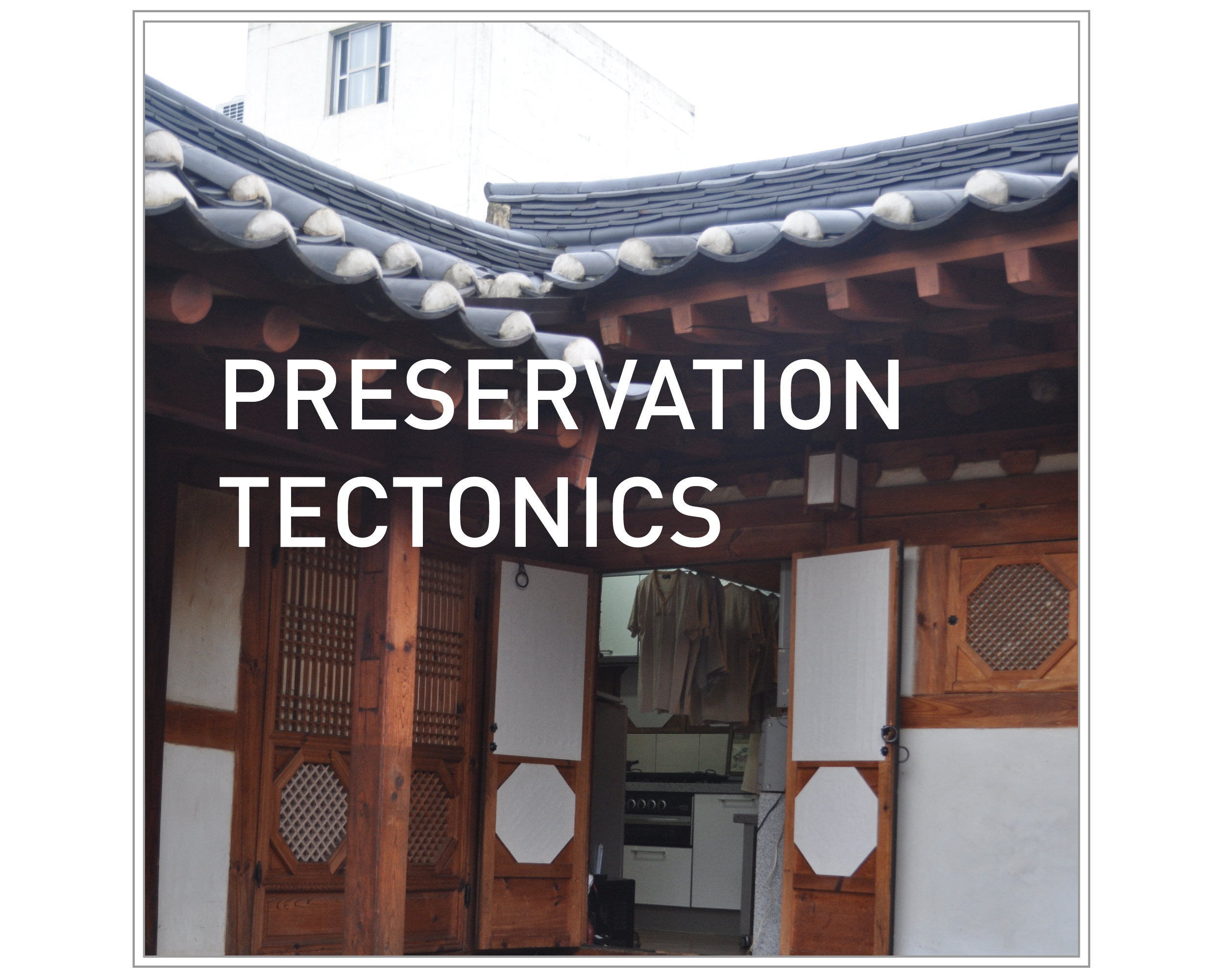Preservation Tectonics is a research sub-project carried out for MMHESS, or a Manual of Mutant, Hybrid, and Endangered Super-Species. The study looked at preservation techniques of traditional architecture in China, Japan, and South Korea.
Confronting large scale development in (neo)liberal globalization and a history of traditional art and architecture, the East Asian countries of China, Japan, and South Korea face the difficult position of negotiating space, aesthetics, identity, politics, and history through the built environment. What happens to traditional ways of building and building typologies when modernist concrete and glass towers spring up with increasing rapidity? What to do with traditional monuments, streets, palaces, and everyday buildings that no longer suffice to support modern demands of water, electricity, and hygiene? How can one preserve a distinctly “Chinese-y”, “Japanese-y”, or “Korean-y” look to the built environment?
This project cataloged various methods that have been deployed to answer these questions. Ranging from façade preservation to custom industrially produced components, diagrams, infographics, and photography was used to document tectonic or construction strategies that aim to preserve an “Asian” aesthetic while addressing the demands of globalized city building.






